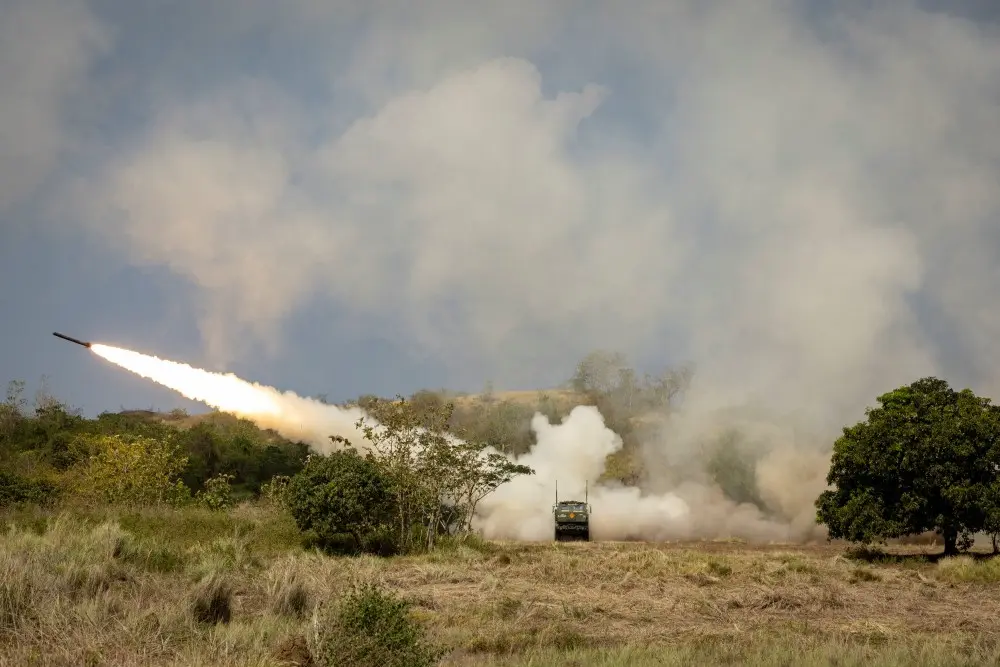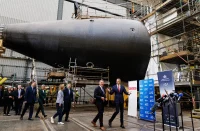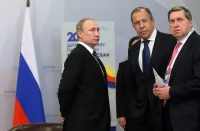The development of modern international relations characteristically exhibits the gradual destruction of the foundations of global security, a system that has existed over the past 30-40 years, starting with attempts to reform the Soviet Union. The Intermediate-Range Nuclear Forces Treaty executed back in December 1987 prohibiting the USSR and the USA from possessing missiles with a range of 500 to 5,500 km is one of the foundations underlying the existing system of international relations. The purpose of the treaty is clear: reducing the risks of a nuclear conflict between the two nuclear powers. The U.S. withdrawal from that Treaty in 2019 gave rise to irreversible processes in world politics and now the world needs to somehow live with this and balance on the brink, managing and restraining the processes that were previously restrained by the treaty executed in 1987 between the USSR and the USA.
When withdrawing from the INF Treaty, the then US President Donald Trump referred to the fact that China had a considerable stockpile of missile weapons ranging from 1,000 to 5,500 km in terms of flight capability. Such a circumstance creates a significant threat to the United States and its allies in the region with China not being a party to the treaty the United States being unable to force it to enter into a similar treaty. So why then would the US need to have such a restraining treaty with Russia? The desire to restore the INF Treaty in Europe was also publicly announced. However, that proposal has no sense in the context of almost open confrontation between the Russian Federation and NATO.
In 2016, the United States delivered the Aegis Ashore combat system to Romania to Poland in late 2023. Those deliveries took place as part of the efforts aimed to create a ‘third positional missile defense site’. The complex has 24 launch cells that can be used not only for counter-missiles but also 24 Tomahawk cruise missiles. The third complex was planned to be delivered to Japan; however, Tokyo elected to give preference to other missile defense systems.

In September 2023, for the first time since 1989, U.S. ground-based medium-range missiles were deployed in Europe. The stated purpose of the deployment was to participate in joint exercises between the U.S. Navy and the Danish Navy in the Baltic Sea, which involved the use of an Mk 70 Mod1 Expeditionary Launcher complex capable of firing Standard-6 (SM-6) quasi-ballistic missiles. The system is essentially a towed semi-trailer with four cells comprised in the Mk 41 vertical launch system that has already been tested in the Navy and is also used in Aegis Ashore. The location is strategically important for maritime navigation and the Baltic Fleet of the Russian Federation. Apparently, the East and Europe will not be neglected by the Pentagon…
However, the United States is focusing its attention not only on the West in attempts to allegedly contain the spread of Russian influence in Europe. The Asia-Pacific region is yet another region of tension for the United States, where the struggle for spheres of influence between America and China has been unfolding for several years in a row. The U.S. Department of Defense has said that its plans for 2024 include the deployment of ground-launched medium-range missile launchers in the Indo-Pacific region. Why would they do that? Allegedly, to “contain Chinese aggressive policies.” According to Japanese Nikkei, the ground-based versions of SM-6 supersonic missiles and subsonic Tomahawk cruise missiles will be delivered. While an SM-6 missile is capable of hitting targets at distances exceeding “350 kilometers,” subsonic Tomahawks, in turn, can hit targets at a distance of up to 2,500 kilometers. Both missile types can be launched from a Typhon mobile complex, which, as opined by a number of experts, is considered to be a replica of the Mk 70 launcher.
To this end, it is necessary to be aware of why the United States relies on ground-based installations. The matter is that, in comparison with above-water craft or, say, combat aircraft, having been properly equipped from a technical perspective, they can be hidden from prying eyes, satellites, reconnaissance aircraft and drones that have become so popular recently. Ground-based launchers are also better suited as a deterrent. That type of weapon does not require additional infrastructure such as ports or runways. China is likely to know where the main U.S. military infrastructure facilities are located in East Asia and has its sights set on them, so it is critical for Washington to possess infrastructure that can strike at a perceived enemy within the shortest possible time with no risk of getting a preemptive strike.
The deployment of medium- and shorter-range missiles in the Asia-Pacific region for the first time since the USA’s withdrawal from the INF Treaty may attest to the gradual destruction of the security system that existed before. The exact location of the “Typhon” remains unknown due to security reasons; however, given the fact that one of the latest military training took place at Joint Base Lewis–McChord, it is likely that the launchers will be hosted by the island of Guam. That could well be the case that weapons could also be deployed in one of the U.S.-controlled territories in the South Pacific. At the same time, neither Tokyo nor Manila, the main allies of the United States in the region, gave their formal consent to the deployment of short- and intermediate-range ballistic missile for fear of getting in the crosshairs of the Chinese, in the first instance, and Russian missiles.
“Typhon” may become not the only U.S. missile system in that hemisphere that used to be covered by the suspended INF Treaty. According to Commanding General of the U.S. Army Pacific Charles Flynn’s statement, the U.S. military in the Asia-Pacific region would shortly receive PrSM high-precision strike missiles whose strike radius is allegedly about 800 kilometers. They can be launched using MLRS or HIMARS multiple rocket launchers.
to be continued














Comments